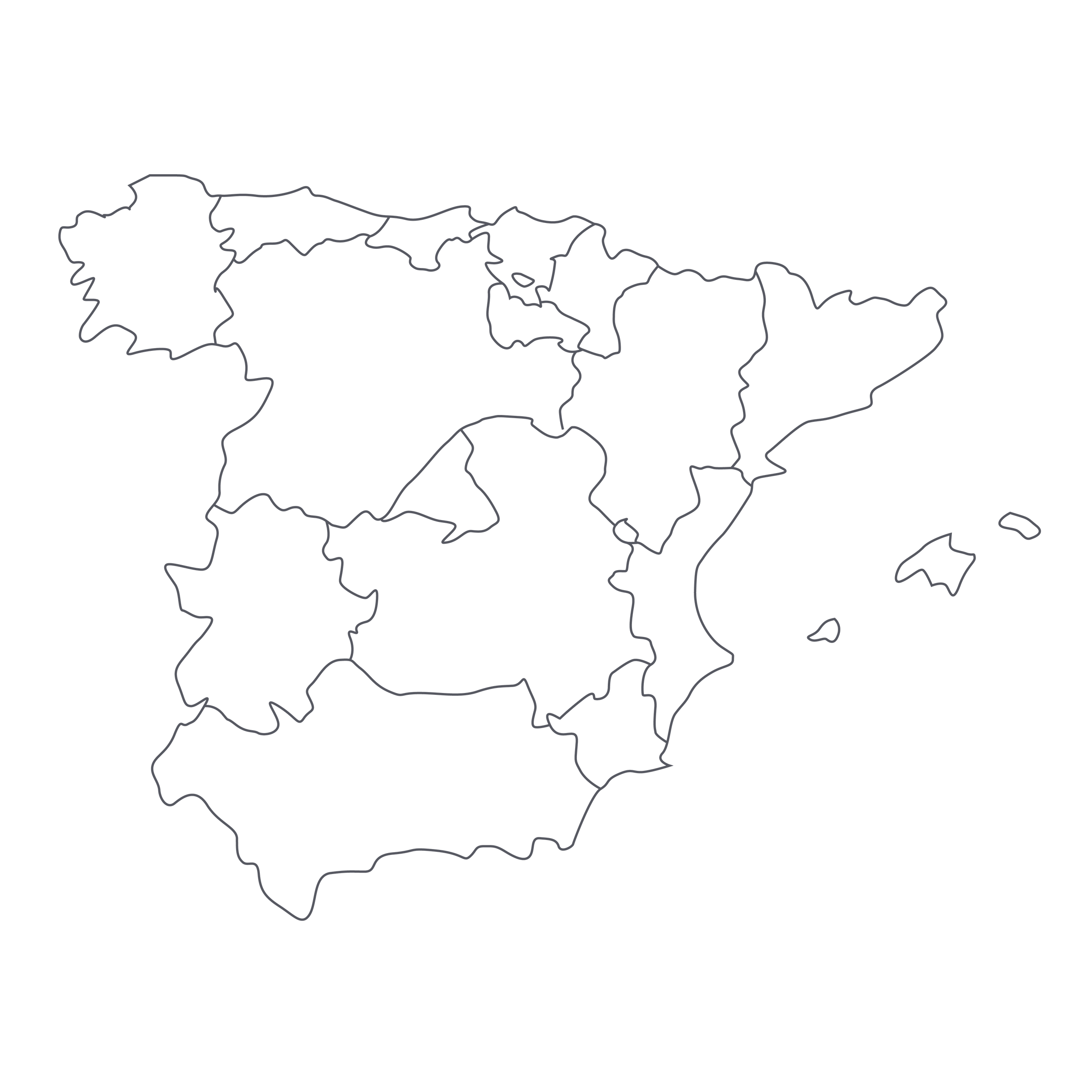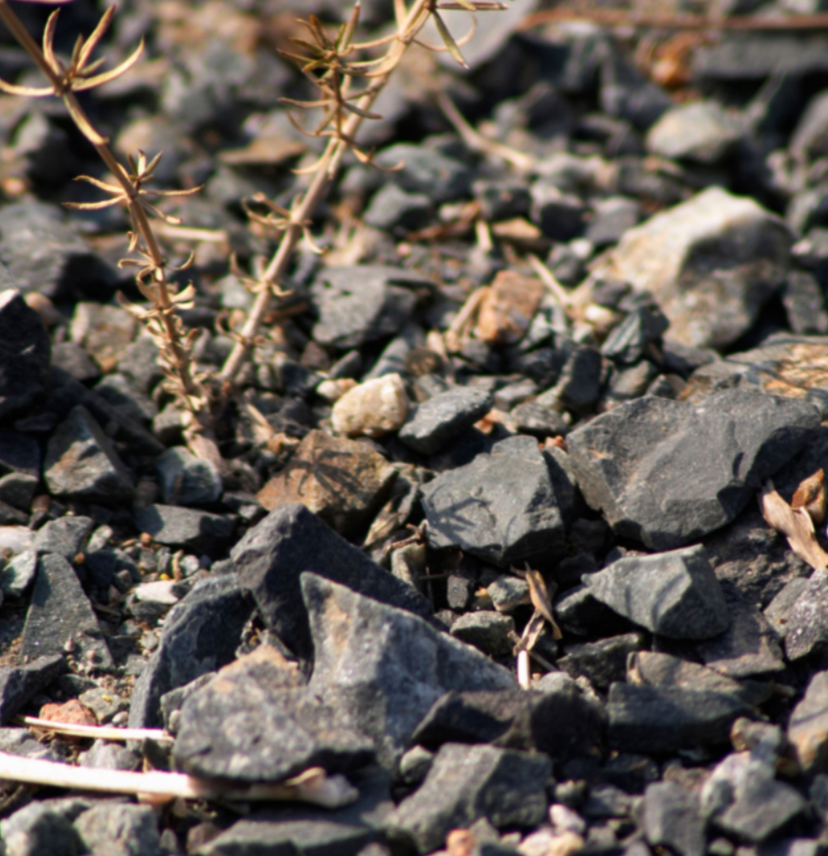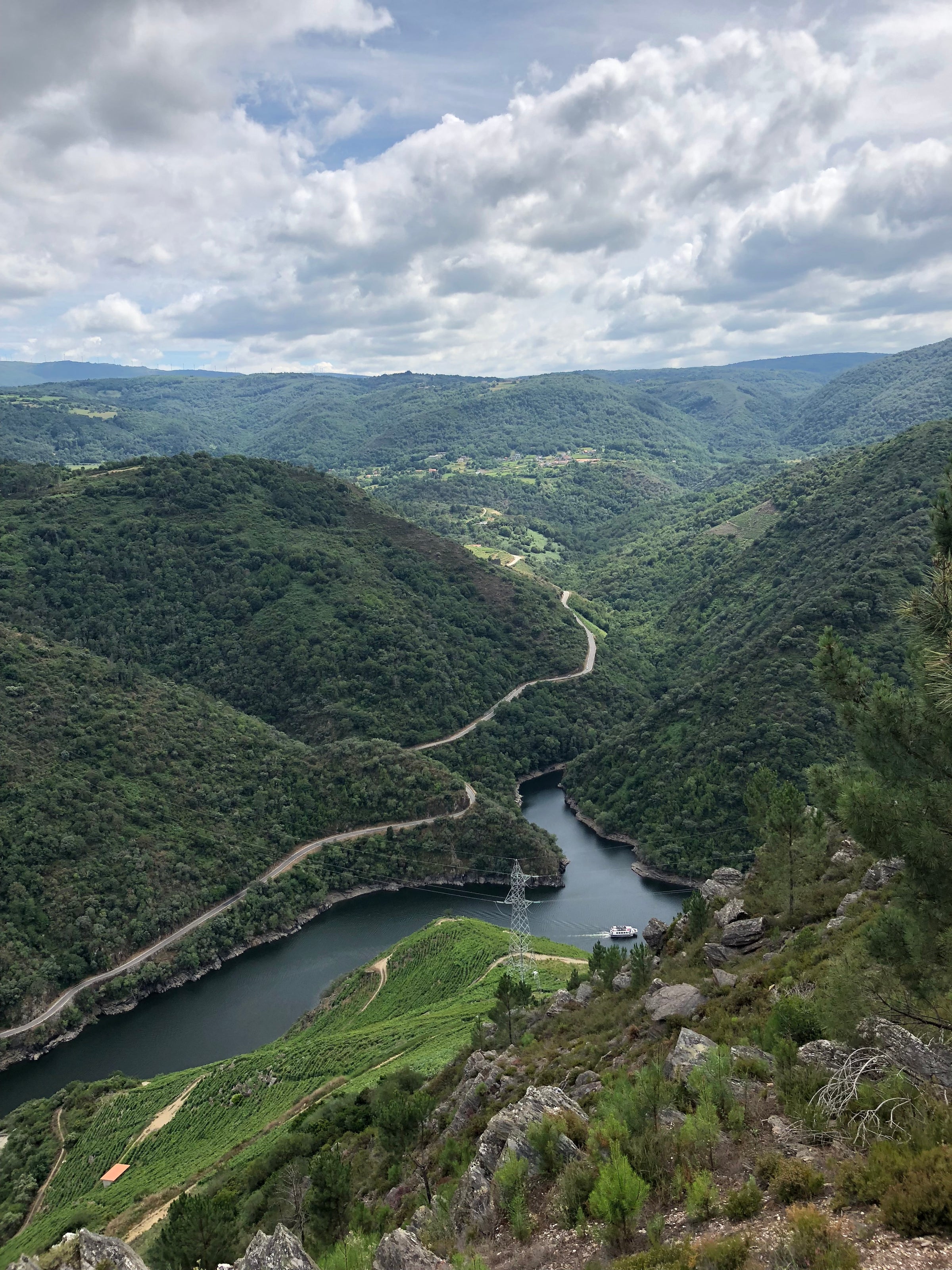Northern Spain’s Ribera del Duero region has its share of high-wattage names: The iconic Vega Sicilia is an international headliner, as is Alejandro Fernández (Pesquera), and while Bodegas Ismael Arroyo may be less widely known, it is no less foundational to one’s understanding of Ribera del Duero wine.
Today’s 2014 Crianza, named “Val Sotillo” for the sub-region it is sourced from, is a genuinely important Ribera del Duero red for less than $30. And, given that the reds of Ribera del Duero have become some of Spain’s flashiest, biggest, and, as such, highest-scoring wines, it’s refreshing to encounter one that shows some restraint on both the price and weight scales. Further, in a region that has become known for blocky, heavily oaked styles, this one is all about the intense, dark-toned fruit of very old-vine Tempranillo (a.k.a. Tinto Fino/Tinto del País in these parts). Organically farmed and exceptionally pure, this voluptuous yet elegant red was born, not made, at one of the five founding estates of the Ribera del Duero DO. If you love Spanish wine, you must not miss this.
What may surprise you, given the centuries-long history of wine production in the Ribera del Duero, is that the actual appellation was only codified into law in 1982. Ismael Arroyo, whose family had been growing and making wine in the Sotillo area since the 1600s, was one of the people who helped write the Denominación de Origen (DO) discipline, having founded his eponymous estate in 1979. Still family owned and based in the village of Sotillo de la Ribera, the property includes an incredible maze of 16th century caves where aging wine is stored. Farming has been organic since the estate’s creation, with vineyard holdings now spanning 25 hectares in 12 different plots.
Val Sotillo’s heirloom vineyards are 60-100 years old and head-trained, rooted in the mix of sand, silt, marl, and limestone that characterizes the high-altitude meseta (plateau) that is the Ribera del Duero. Following the path of the Duero River (which becomes the Douro when it passes into Portugal in the west), the region is known for dramatic diurnal temperature swings, which helps lengthen the growing season and preserve acidity in the otherwise ultra-ripe grapes. The 2014 Val Sotillo, aged one year in a mix of mostly used American and French oak barriques, is hardly a shrinking violet, but its voluptuousness is tempered by a freshness that is often missing in some of the more monolithic wines of the region.
In the glass, the wine is an opaque dark crimson moving to purple at the rim, with readily evident viscosity as you swirl it in the glass. The nose is a heady mix of black currant, blackberry compote, damp violet, licorice, a faint hint of sawdust and vanilla from the American oak, tobacco, and dark, humid earth. Nearly full-bodied and relatively silky on the palate (whereas many Riberas in this price range can be choked off by excessively drying oak tannins), this is a delicious wine to open now or over the next 5-7 years. Decant it a solid hour before consuming at 60-65 degrees in large Bordeaux stems, and pair it with something suitably deep and robust to bring out its best. Locally they pair these reds with local roasted lamb, so don’t try to reinvent the wheel here: the combination is incredible! Follow the attached leg of lamb recipe for a perfect result. Cheers!





